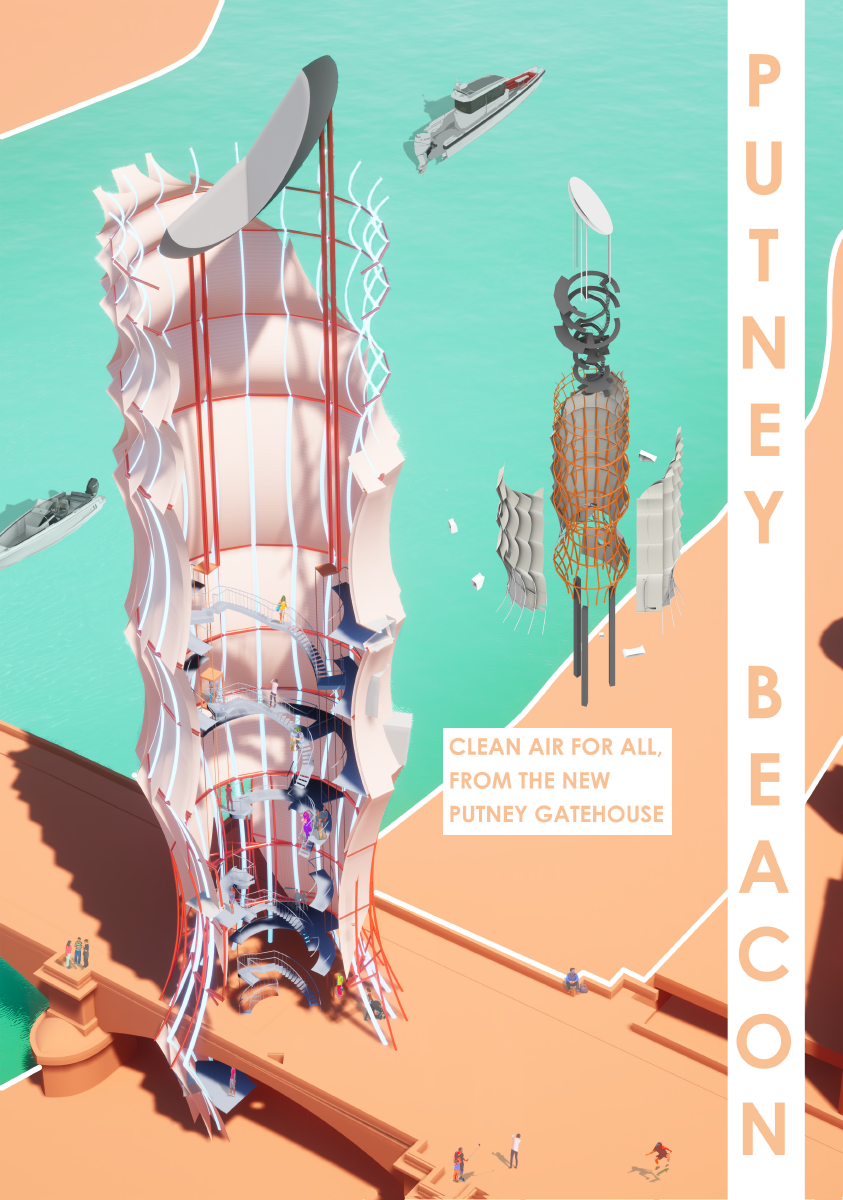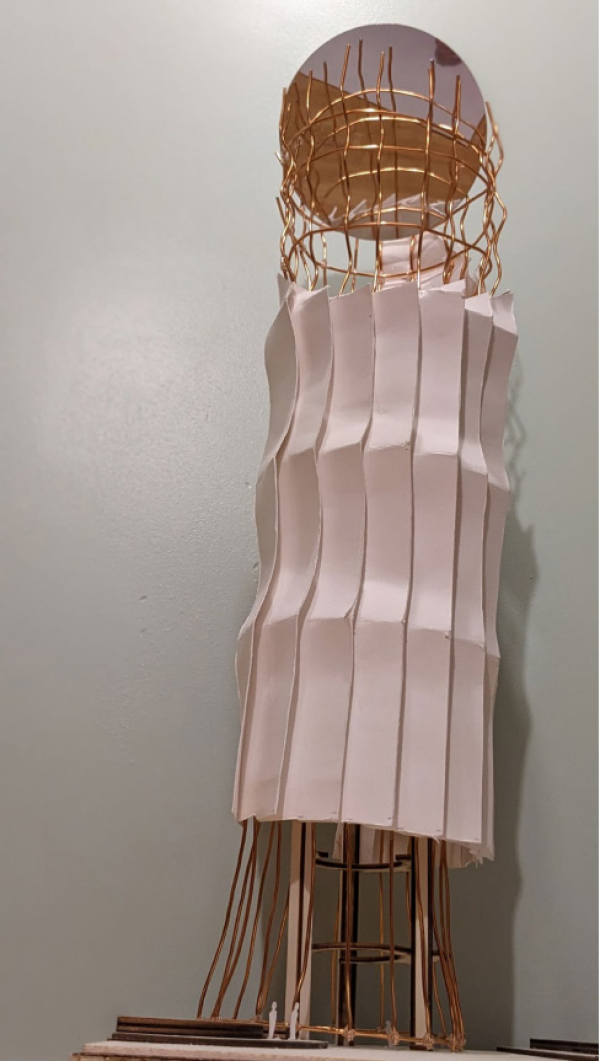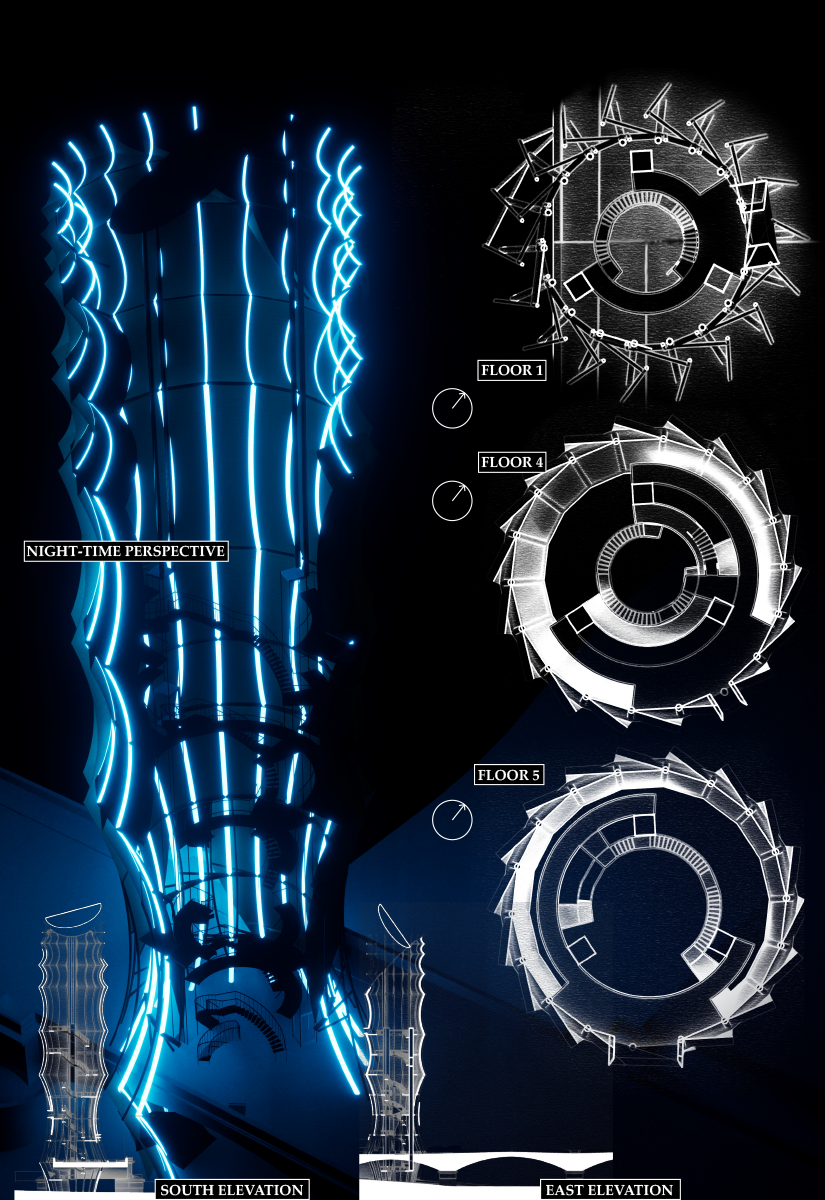
Harry Baston-Hall
An aspiring architect with goals to work in large practices both locally and abroad.

An aspiring architect with goals to work in large practices both locally and abroad.
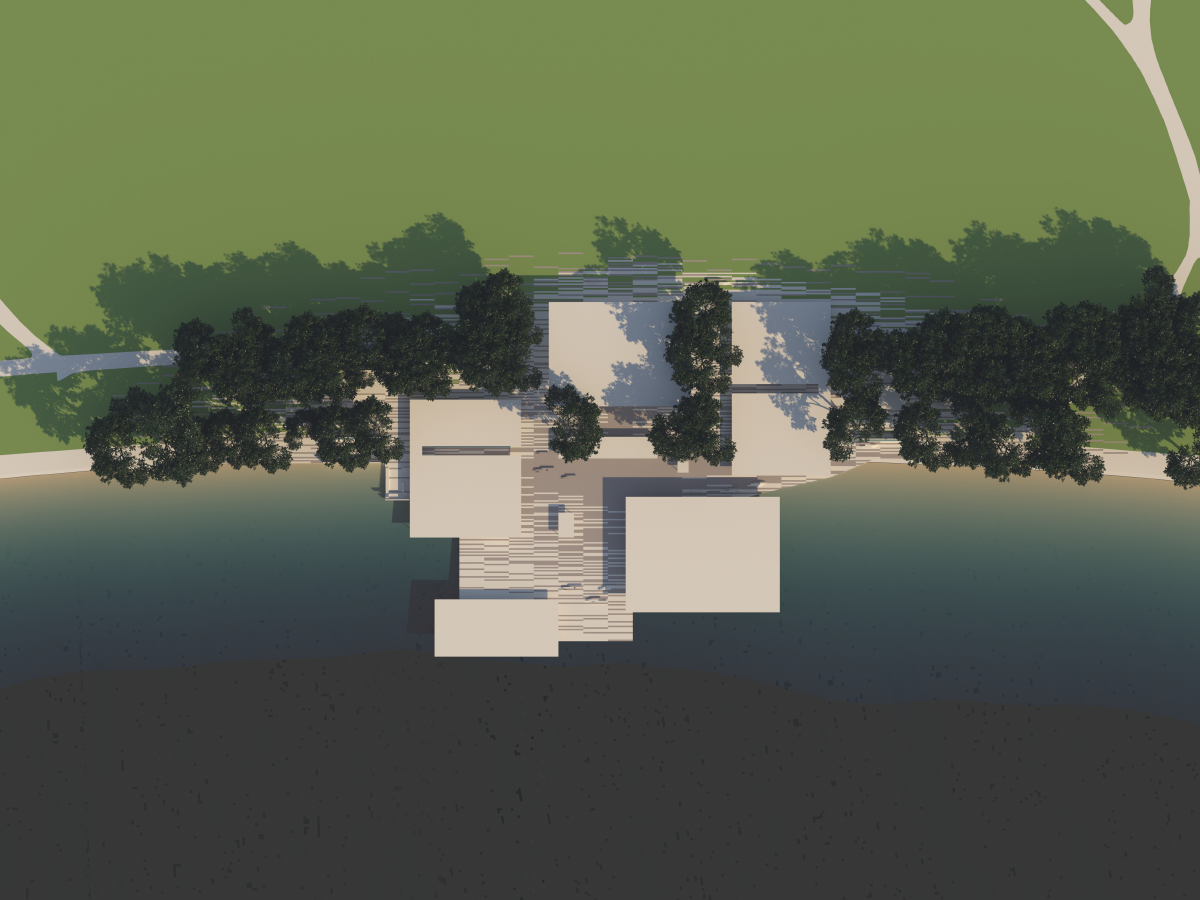
This project is the final studio project of final year of undergraduate architecture. Again in Putney, free reign was given to choose a sight, map out the problem spaces, find solutions and propose a project that aims to tie these together. The key problems found were the lack of river activation, and lack of meaningful public space, due to high-street congestion.
Since the existing high street is pedestrianised (group work master-plan) the flow of high-street shifts to along the river, rather than across it. With this in mind, this project is aiming to create a point of Kairos (moment of action, or inspiration) along the riverside through the use of Slow Food, an international movement pertaining to the advocacy of transparent and eco-friendly food production.
Perspective Section
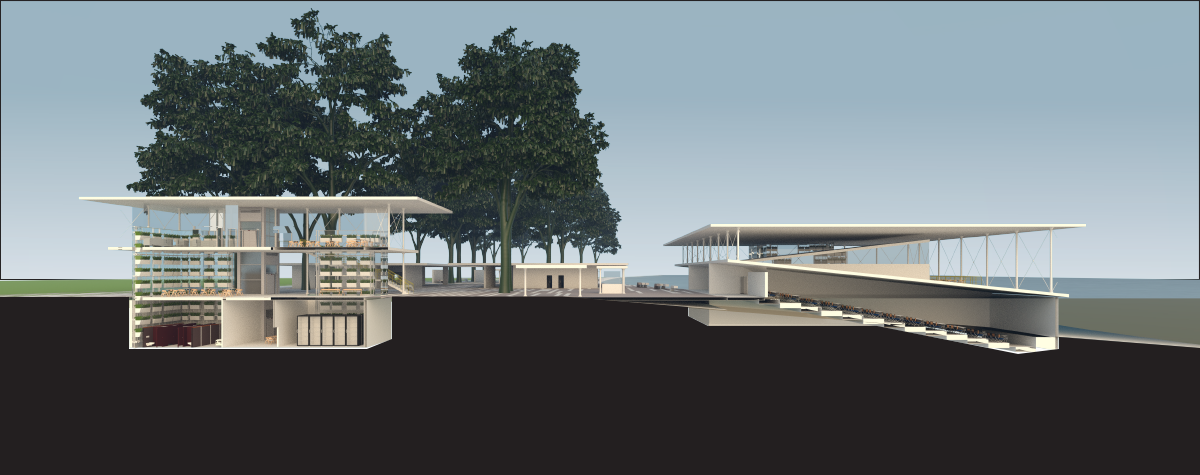
Whole Ground Floor Plan
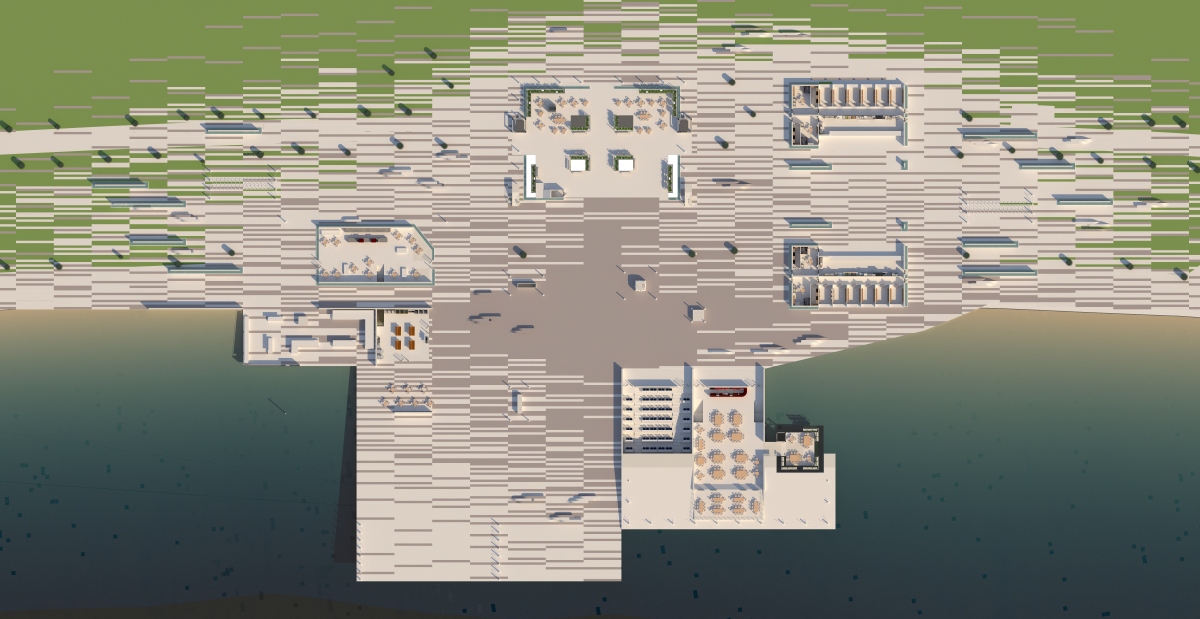
Exploded Axo
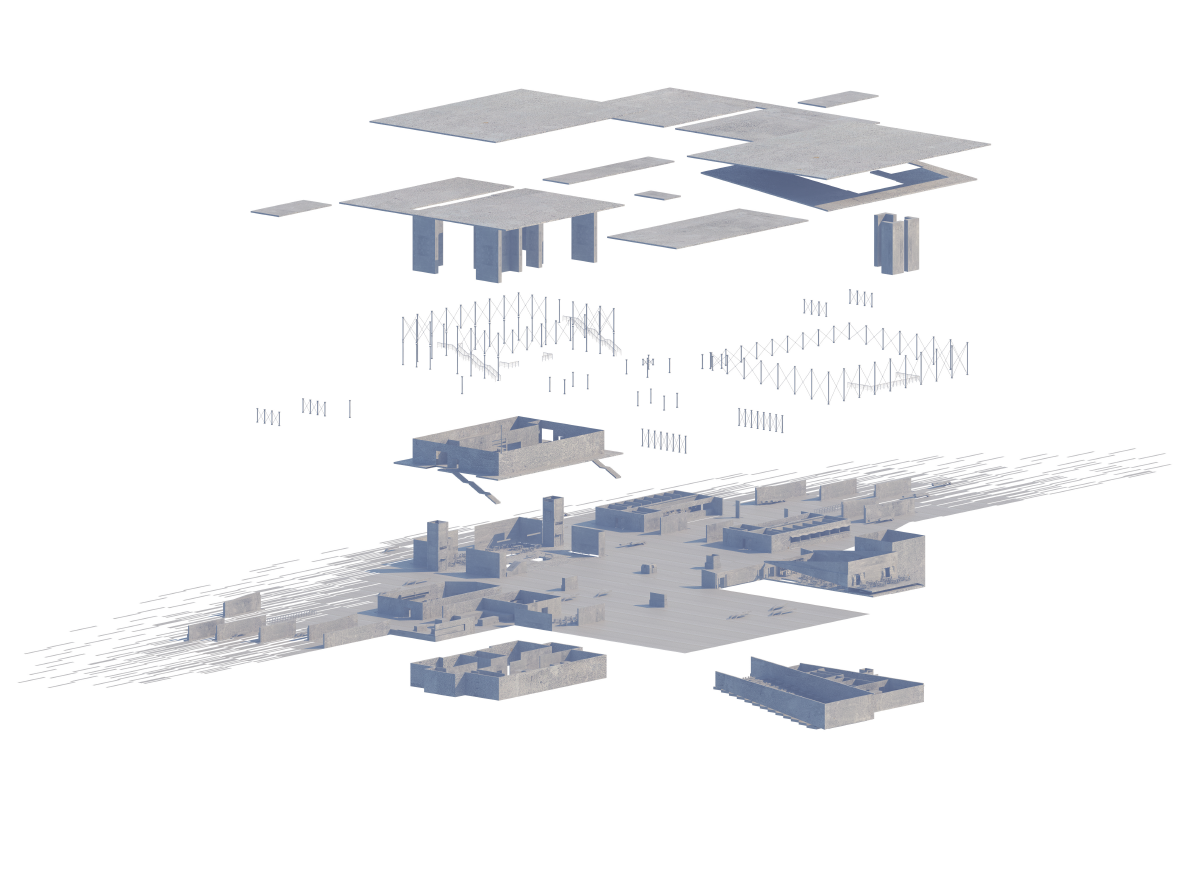
Concept and Massing




The Putney Beacon tackles the pressing problems of advocation for clean air and renewable energy, while providing a much needed landmark and symbolic place-making object of the area of Putney.
Using bio-luminescent algae, the tower filters air caught in its sails, and the resulting growth can be harvested and used for bio-fuel. Just as the rights of the many were fought for in the Putney Debates, the Putney Beacon fights for their wellbeing in the present.
As Putney is often described as a 15-minute city (referring to all the requirements for living being available within a 15 minute walk), it created a small bubble of civilisation that repels visitors. In line with the proposed group work project that sought to pedestrianise the Putney High Street, the Putney Beacon seeks to create a pseudo gatehouse to the area, spanning nearly 80 metres tall and glowing brightly at night. While inside, one can use the special views to see key moments in Putney, and survey the whole skyline.
